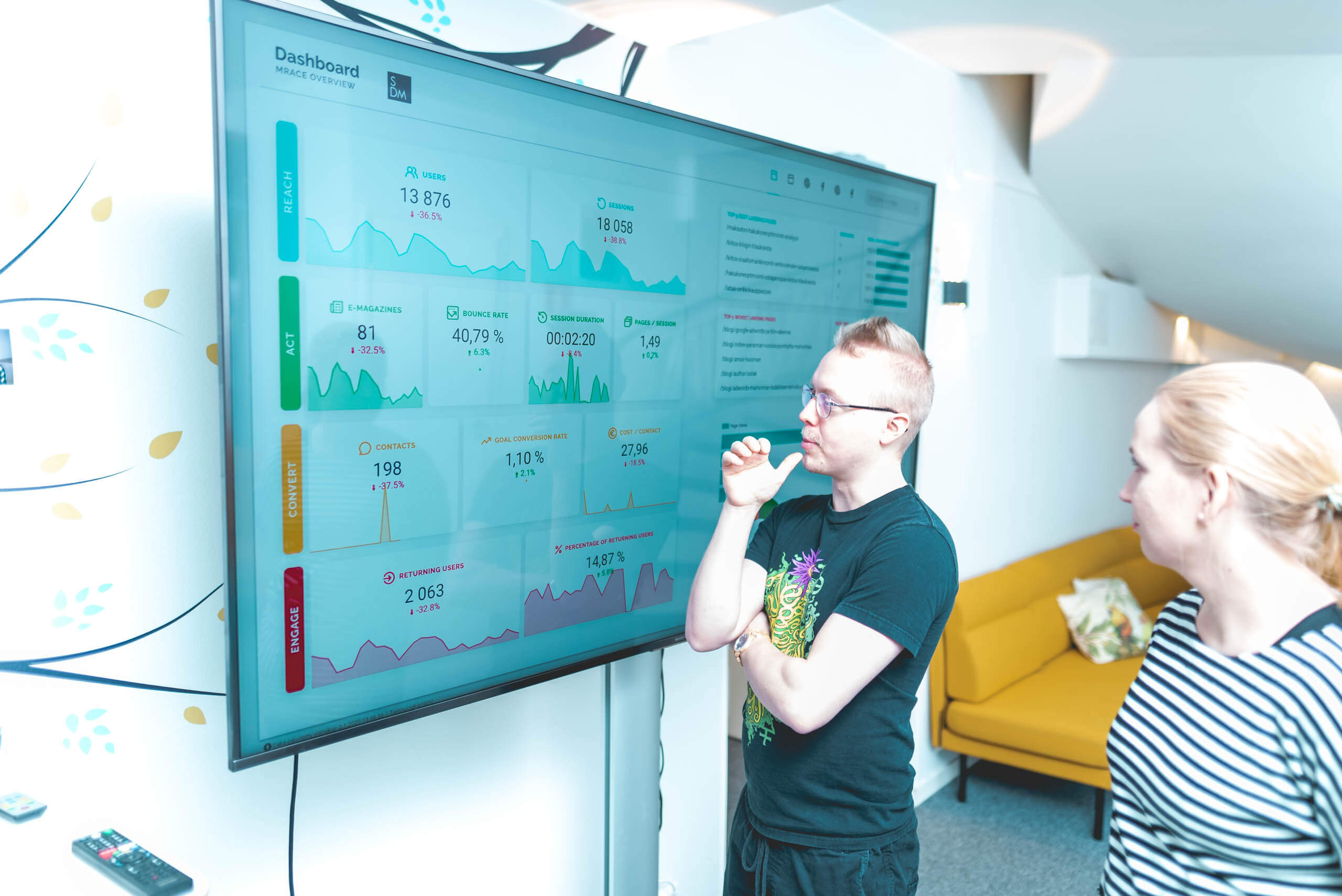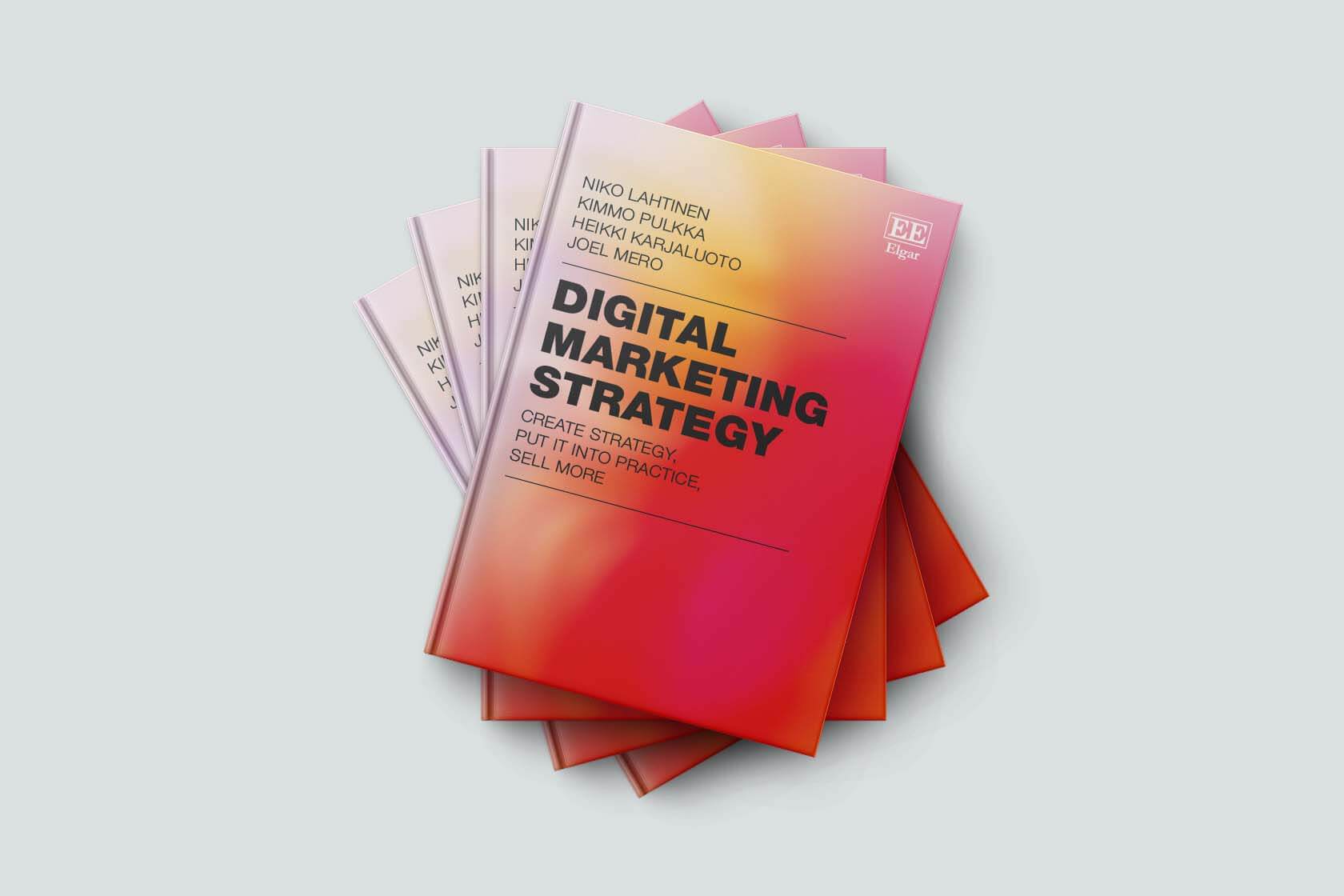The role of artificial intelligence and automation in Google Ads advertising is growing rapidly. Google is developing its own tools and automated bidding models, and we also repeatedly come across new third-party tools that drive this same thing. They are already here to stay and are a part of our daily work, but in the future their importance will certainly only increase and grow.
Well, what happens to the role of an expert? Are robots taking over? No, they will not. In the future, Google Ads advertising will be a great and smooth collaboration between expert and artificial intelligence and automation that support each other and help us achieve a better outcome. Among a large amount of data, artificial intelligence detects things more easily than the human eye, and in final decision-making, human judgment and solutions that enable artificial intelligence are a winning combination.
The MRACE model as a marketing framework and part of Google Ads advertising
The MRACE model is the marketing framework that we use with Digital Marketing in Finland to ensure that digital channels work in a unified way supporting each other. Below is briefly described what this means. Read more about building a sales funnel with MRACE model for B2B and B2C-companies.
R = Reach = first we need to reach our potential customers through marketing.
A = Act = when we reach our potential customers, we want them to take identifiable actions on our site, such as reading multiple blogs at once. In this way, we know that the audience reached at the Reach phase is relevant to us, and that we should continue in the same way.
C = Convert = the more we get the customer to perform activities on our website in the Act phase, the more likely the visitor is to convert, i.e. become a lead, trial moderation or request an offer. In the online store, this simply means that the store will be completed and, in other cases for example, that the contact form will be filled in.
E = Engage = business grows only through high customer hold, which is why customers should be engaged with marketing.
M = Measurement = the functionality of each step should be measured. Only through measurement can we identify and develop the weak points of marketing.
With Google Ads advertising, we can have a particular impact on the Reach and Convert phases. Next, we will go through how artificial intelligence and automation help us reach more customers and get more of them to make a purchase.
Artificial intelligence and automation supporting the MRACE model in Google Ads advertising
As we mentioned before, artificial intelligence and automation are an important and everyday part of effective Google Ads advertising. Next, let me show a few examples of what kind of tools Google has brought us and how they help us reach more customers and turn more of them into paying customers.
Google’s automated bidding strategies
With Google’s automated bidding strategies, we automatically find the best quote for searches that are most likely to bring the desired conversion. Google uses machine learning, algorithms, and various geographic locations to determine the best cost per click. Examples of automated bidding strategies include Target CPA, Target ROAS, Maximize conversions, Enhanced CPC, and more.
The advantage of automated bidding imposed by artificial intelligence on humans, is that AI is able to go through a massive amount of data on which it bases the bids. An expert will never be able to process that amount of data.
An AI-based bidding strategy is by no means always the right option. If the amount of data or conversion quantity is too small, then you should resort to a manual price offer. For websites that are too small, automatic bidding strategies can even be impossible or they drive advertising in the completely wrong direction. This is often a problem, especially in Finnish search volumes.
Responsive promotional texts
A responsive search ad is a text ad that automatically adapts to the potential customer and displays the most relevant ad version. In responsive ad texts, multiple ad versions are written in the text fields, from which Google’s AI selects the best person based on the search. This allows us to ensure that the right advertising text is always directed at the right person. In this case, we will improve the events of the desired conversion or other actions on the website.
While responsive advertising texts personalize advertising really well, they do not solve all the problems of advertising. Similarly, keywords and landing pages, for example, must be in order.
In this case, AI is also unable to do everything on its own, but needs an expert as a friend. For example, writing various advertising copies for different buyers is the responsibility of an expert and without them, it is not possible to achieve effective advertising with responsive advertising texts.
So responsive promotional texts play a big role in getting a person to click on your site.
AI-based targeting
In Display ads, we often hear that customers have experienced the following problem. Good and appealing advertisements have been made for the customer for a lot of money. When advertising starts, it appears that impressions are taking on new scales. Although the number of impressions is staggering, the results are still very subdued. Ads have been shot everywhere like a shotgun and the people who fall victim to the ads are not your potential customers at all.
Fortunately, Google has developed powerful AI-based targeting tools for us to target your great ads to the right audiences at all times.
Examples of such targeting methods include Custom Affinity, In-Market, Custom Intent, and Smart Display audiences. In line with the Reach phase of the MRACE model, we are able to reach potential customers more cost-effectively. If we do Display advertising as remarketing to warm audiences, we in turn affect the Convert phase.
Summary
The collaboration and importance of human and artificial intelligence in Google Ads advertising will certainly only increase in the future. The emergence of new tools will also continue by Both Google and third parties.
Artificial intelligence and automation are inevitably the future. They do not displace the role of an expert in marketing, but change the nature of our work.
By utilizing automation, we are able to do the most successful and efficient advertising possible, so if you have not already tried automation or AI-based solutions in Google Ads advertising, we encourage you to learn more about them and test them as soon as possible.











